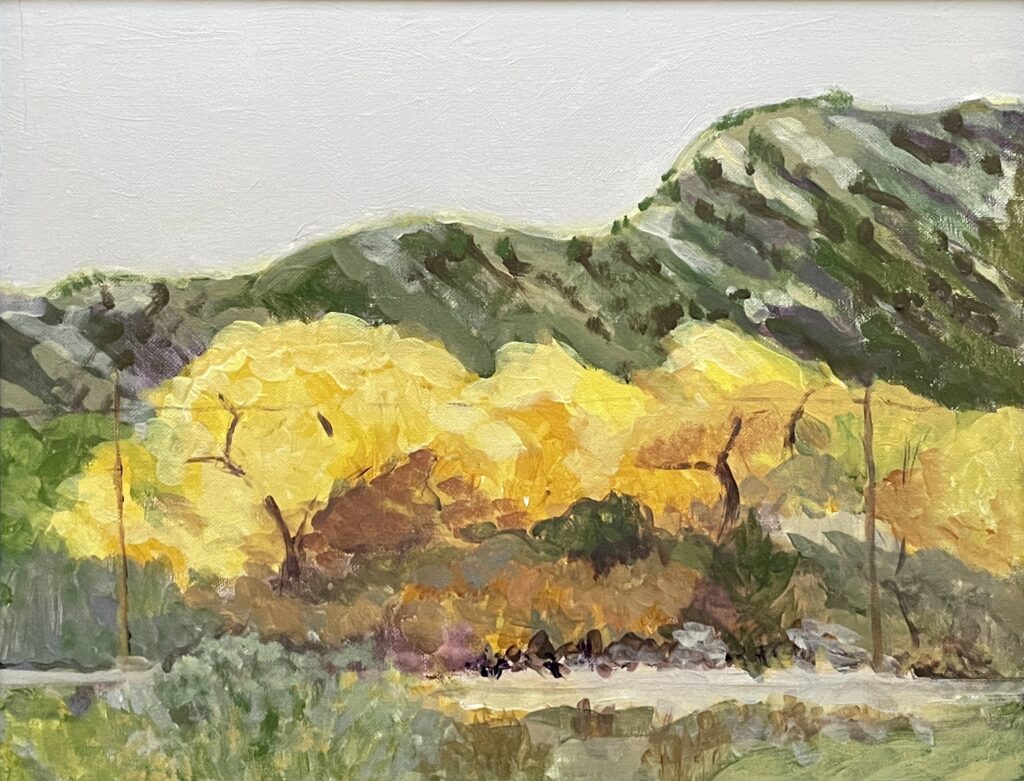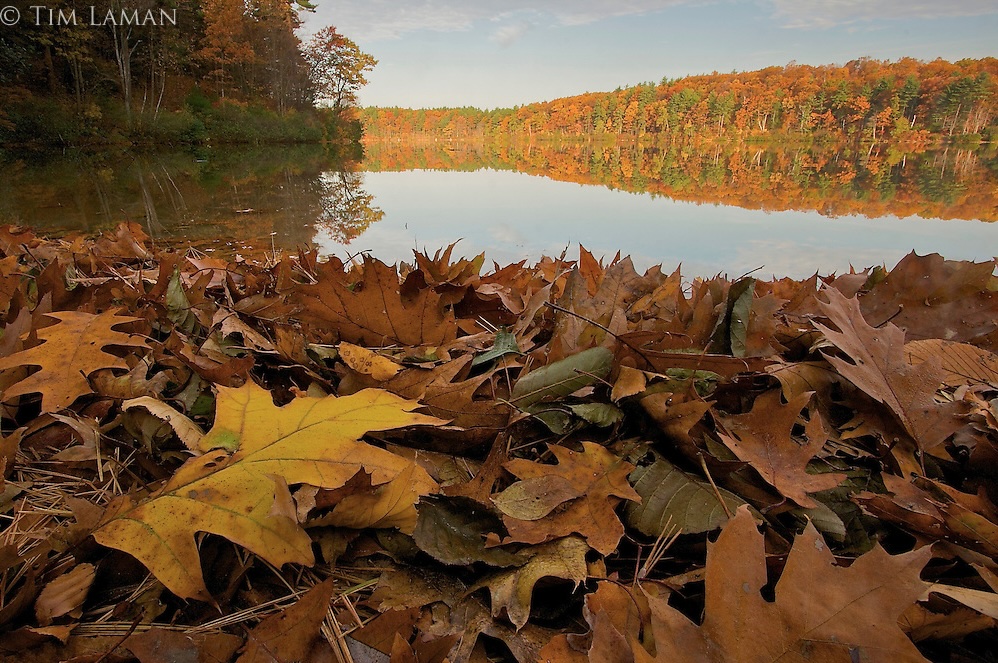Autumn in my corner of the Rocky Mountain’s Front Range arrived on the dot – October 14th – and so began the great garden clean up, starting with the windows of my ersatz Greenhouse. The space is glassed-in breezeway, but it serves a purpose adequately. But to make the most of winter’s weaker (but by no means skimpy at 6,700 ft closer to the sun), it good to make sure the glass gleams. When I had a proper Greenhouse, it was a pleasure to clear out the detritus of the growing season’s accumulation of withered vines, wrinkled foliage and expended potting mix and add it all to the compost heap. Clean the Greenhouse was the order of season’s change.

The next item on the agenda is tending to the falling leaves. Our streets are posted with signs “Do NOT blow leaves into the gutters”. Since our streets are wonderfully tree-lined, the leaves inevitably fall there unaided, but an added blown-in layer only makes it harder for the city to keep gutters clean, and should it rain, a millefeuille of sodden leaves makes for dangerous driving. Besides, leaves left in place beneath the trees is a life preserving, natural mulch. So, if the lawn screams, “clean me”, rake the leaves onto surrounding flower beds. Blowers are counterproductive in so many ways, you may get a nicely hoovered lawn, but at the loss of good mulch and a missed opportunity to exercise in the crisp autumn air, while not adding to pollution, not to mention the noisy cacophony blowers produce.
Henry David Thoreau (1817-1862) did not have such things to worry about; he was only too aware of how valuable the carpet of fallen leaves was to the well-being of the natural environment. Among his close observations of nature in and around Concord, Massachusetts and the woods at Walden Pond, (shown below), Thoreau wrote of autumn’s fallen leaves:

“How they are mixed up, of all species, Oak and Maple and Chestnut and Birch! But Nature is not cluttered with them; she is a perfect husbandman; she stores them all. Consider what a vast crop is thus annually shed on the earth! This, more than any mere grain or seed, is the great harvest of the years. The trees are now repaying the earth with interest what they have taken from it. … They are about to add a leaf’s thickness to the depth of the soil. This is the beautiful way in which Nature gets her muck, while I chaffer with this man and that, who talks to me about sulphur and the cost of carting. We are all the richer for their decay.” Autumnal Tints, Atlantic Monthly, October 1862.
Words of wisdom then, and valid now. Need I say more?
©Ethne Clarke, 2023
To see and enjoy more of Tim Laman’s work and link to his blog, visit https://archive.timlaman.com/index.
To read the full text online of Autumnal Hints, visit https://www.thoreau-online.org/autumnal-tints.html


